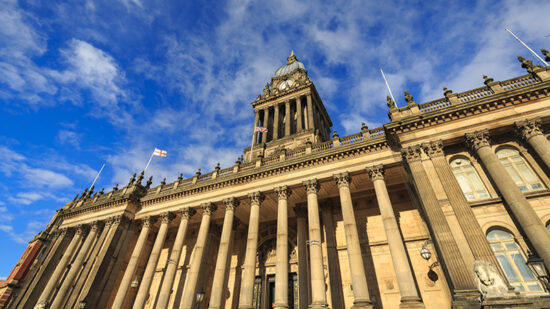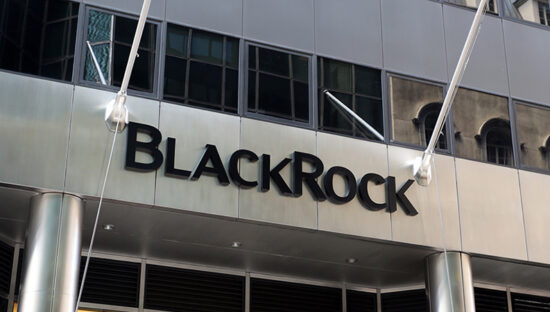Moody’s said it had "revised" its outlook on Singapore’s banking system in the wake of the "recent period of rapid loan growth, and rising real estate prices in Singapore [as well as] in regional markets where Singapore banks are active".
"These have increased the probability of deterioration in the banks’ credit profiles under potential adverse conditions in the future," Moody’s added.
In a statement released shortly after the Moody’s downgrade was published, an unidentified spokesperson for the Monetary of Singapore said that Singapore’s banking system had “enough capital to withstand even the severe stress test scenarios” that Moody’s had considered, “as Moody’s itself concluded”.
The MAS spokesperson added that Singapore’s banks "have the highest average credit ratings among banking systems globally", and noted that Moody’s has been revising downwards its rating outlook for a number of well-rated banking systems for the past two years, which was “understandable, in light of the impact that low global interest rates have had on credit growth and asset prices, and the potential risks when interest rates rise”.
"MAS has been concerned that some borrowers are at risk of being overstretched, especially when interest rates rise," the spokesperson continued.
"However, the local banks are not at risk. They undertake regular stress tests on their own as well as coordinated by the MAS, and have adequate buffers in place to cope with the inevitable upturn in the interest rate cycle."
Singapore’s three local banks are DBS, United Overseas Bank and OCBC. According to MAS, Moody’s has assigned all three of them a long-term bank deposit rating of Aa1, while both Standard & Poor’s and Fitch rate them AA-.
Soaring property prices
Singaporeans and others have continued to pay more and more for Singaporean properties, in spite of repeated government efforts to cool the market. The latest effort was announced at the end of June, when the government introduced a new "debt servicing framework", whereby banks will be obliged to take into account an individual’s existing outstanding debts, including non-property debts such as car loans, when he or she is applying for a mortgage. In addition, the individual’s total monthly debt repayments may not now exceed 60% of his or her gross monthly income.
Last week, Singapore finance minister Tharman Shanmugaratnam announced that the government intended to keep its property price cooling measures in place for the time being, even though the market had shown signs of stabilising, because it is keen to see prices begin to soften, which has yet to happen.
In October, the MAS announced that it would limit the tenure of mortgages on residential properties to 35 years, in an effort to cool the market; this followed the introduction, at the end of 2011, of a new, extra stamp duty equal to 10% of the value of properties sold, which was designed to apply only to foreigners seeking to buy residential property in Singapore. Under that measure, citizens of five countries that have free trade agreements with Singapore, including the US, Switzerland, Liechtenstein, Norway and Iceland, would avoid the new charge, which was given the ABSD acronym (additional buyer’s stamp duty, on top of the top stamp duty rate of 3%).
To read the MAS statement on its website, click here. To read a profile about Singapore, and its efforts to control its growth, click here.








